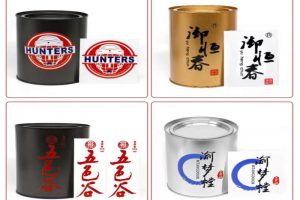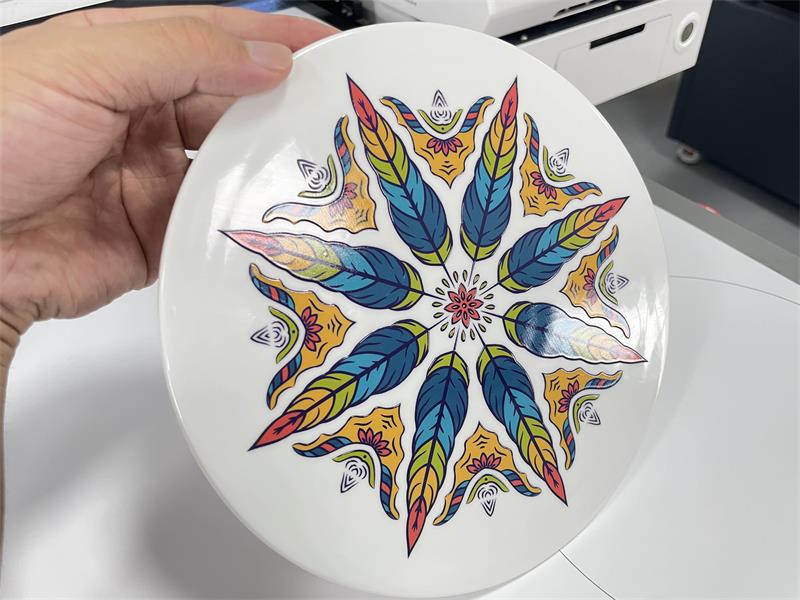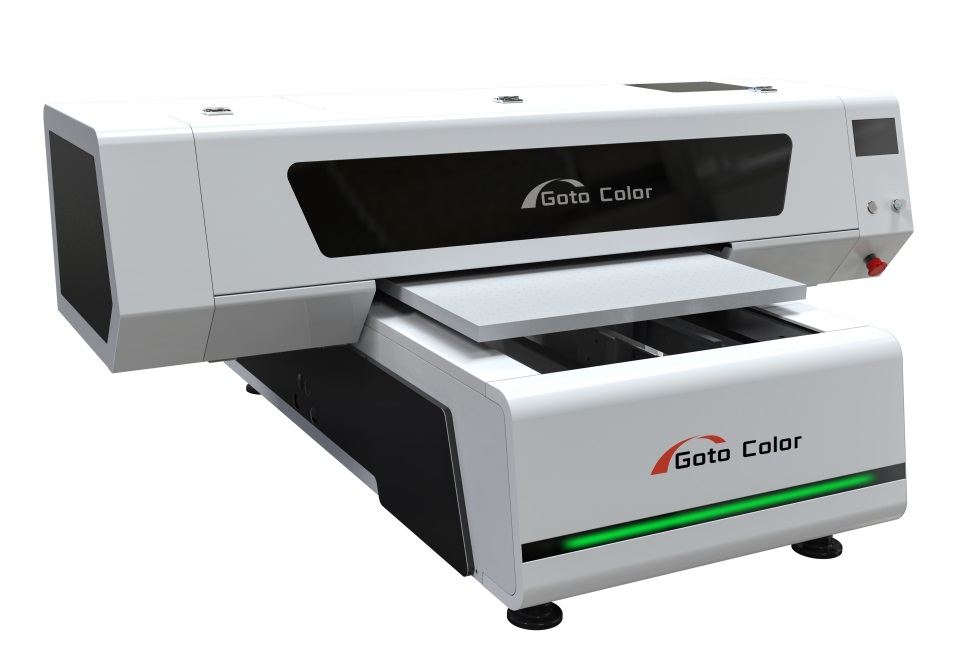Common reasons a UV printer fails to print white ink properly:
Contents
1. White Ink Sedimentation
White UV ink contains titanium dioxide, which settles easily.
Fix:
- Shake the white ink cartridge or bottle daily (at least 1–2 minutes).
- Run the printer’s white ink circulation system regularly if equipped.
- Never leave the printer idle for long periods without circulation.
2. Printhead Clogged or Partially Blocked
White ink is thicker and more likely to clog.
Fix:
- Perform a power cleaning or manual flush with UV cleaning solution.
- Check the nozzle test—if the white pattern is incomplete, repeat cleaning.
- If still blocked, soak the printhead with cleaning fluid for 30–60 minutes.
3. Ink Line or Damper Blockage
Sediment can collect in dampers or ink tubes.
Fix:
- Replace dampers every 3–6 months.
- Flush white ink lines with cleaning fluid.
- Check for air bubbles or kinks in the tubes.
4. Incorrect Layer Settings in RIP Software
Sometimes white ink isn’t printing because the file doesn’t contain the white layer or the layer is turned off.
Fix:
- Open the file in your RIP software (e.g., Photoprint, PrintFactory, FlexiPrint).
- Ensure “White Ink” or “Spot White” layer is enabled.
- Use correct output mode (CMYK + White or White + Color + Varnish).
5. Ink Expired or Incompatible
Old or low-quality white ink thickens and clogs faster.
Fix:
- Check expiration date and manufacturer compatibility.
- Replace with fresh, genuine UV ink from the same brand as your printer.
6. Wrong Print Environment
Low temperature or humidity thickens UV ink and affects white ink flow.
Fix:
- Keep ambient temperature 20–30°C.
- Maintain humidity at 40–60%.
- Avoid cold rooms or air drafts near the printer.
7. Printhead Damage
If all other steps fail, internal head damage is likely.
Fix:
- Inspect the white ink printhead separately.
- Replace the head if no ink output even after cleaning.












